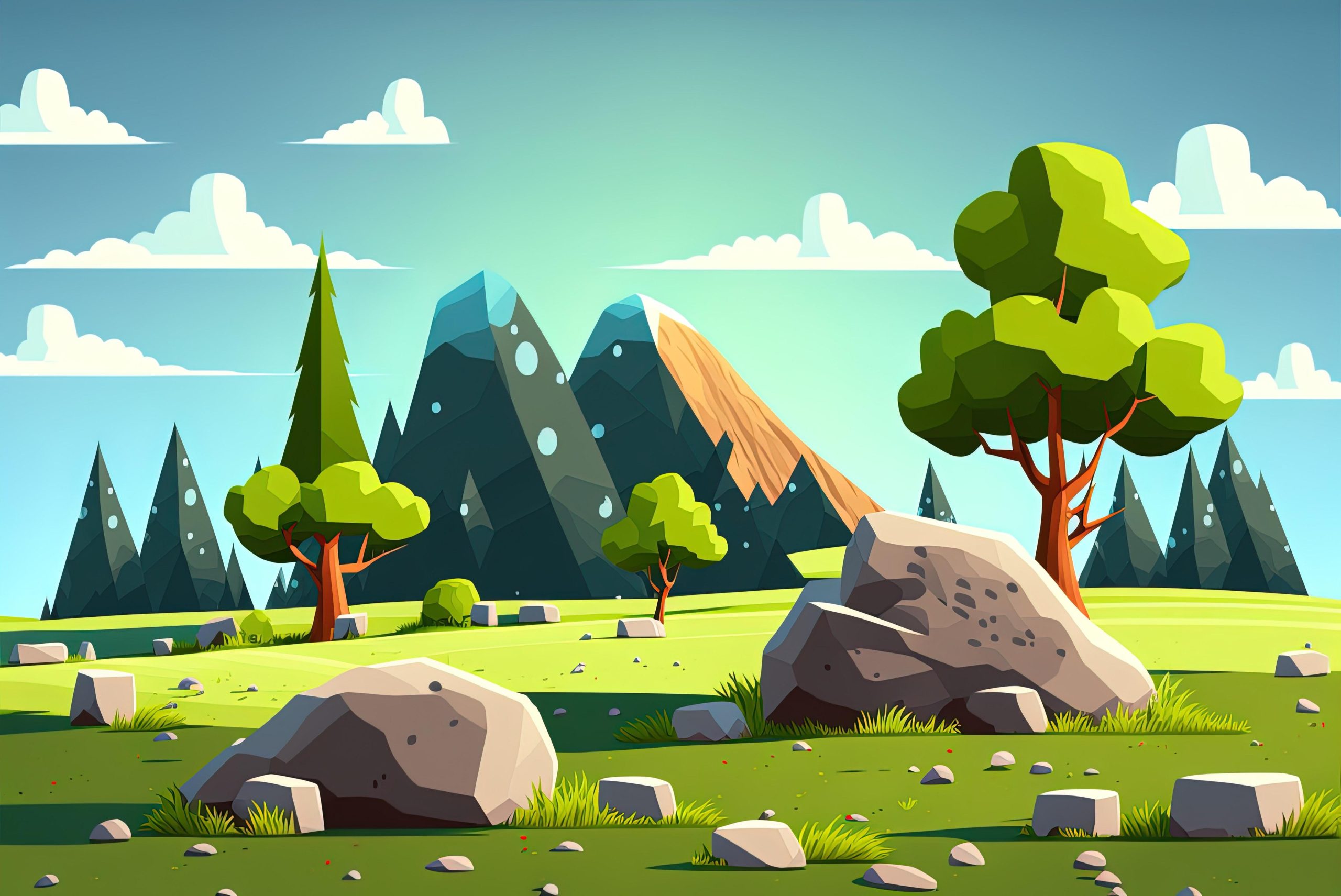
Photography has always ruled the world of animal visuals. But AI is changing that fast. Now, you don’t need a camera to capture a lion’s gaze or a dolphin’s leap. Just type a few words—and out comes a stunning image. These digital creations, known as post apocalyptic AI images, are nearly impossible to tell apart from real photos. They’re detailed, realistic, and popping up everywhere. So, can AI replace animal photography? Let’s dive into the examples that are turning heads.
How AI Builds Animals from Words
AI doesn’t snap photos. It creates them from scratch. It learns by studying millions of real animal pictures. It observes how light interacts with fur and how wings move, as well as how eyes reflect emotion.
When you type “a gray wolf howling under northern lights,” the AI pulls from that knowledge and builds a new scene. Not a copy. A fresh, lifelike image.
Tools like MidJourney and DALL·E make this possible. They use deep learning to turn simple prompts into full-color, high-resolution images. The results? Often jaw-dropping.
The Realism Is Hard to Ignore
Look at an AI-generated elephant. You’ll see wrinkles in its skin. Dust on its legs. Sunlight filtering through its ears.
Zoom in on a digital fox. Its fur has layers. Its breath fogs in cold air. Even the background—snow, trees, sky—feels real.
These aren’t drawings. They’re not edits. They’re generated from data. The level of detail continues to improve.
Some people see these images and assume they’re taken with high-end gear. But no lens was involved—just code, training, and a text prompt.
Fast, Free, and Always Ready
Wildlife photography takes time. You wait. You travel. You hope. With AI, you get results in seconds.
Need a cheetah sprinting across a savanna? Done. Want a close-up of a frog on a leaf? Ready.
No gear. No travel costs. No risk to animals. Just a laptop and an idea.
This makes AI a powerful tool for bloggers, teachers, and small creators. They can obtain professional-quality AI Images of Animals without a large budget.
Helping Nature Without Disturbing It
Taking photos in the wild can stress animals. Birds fly off. Mothers hide their young. Even quiet drones can scare creatures.
AI offers a kinder option. Researchers and educators can generate images without ever entering an animal’s space.
Want to show a rare owl in its nest? AI can do it. Need a visual of a sea turtle hatching? No need to visit the beach.
These tools help teach people about wildlife—without harming the real animals. That’s a win for conservation.
The Beauty of Butterfly AI Pics
One of the most magical uses of AI in nature art is free AI generated cartoons. Butterflies are tiny. Fast. Hard to photograph clearly.
AI can generate them with perfect detail. Every wing pattern. Every color shift. Even the way light bends through transparent wings.
These images are used in science classes, children’s books, and mental health apps. A gentle animation of a butterfly landing can calm anxiety.
Artists also use them for fantasy designs—butterflies made of stars, glass, or fire. The only limit is the imagination.
When AI Blends Fact and Fantasy
AI doesn’t just copy reality. It can mix it with magic. A deer with glowing antlers. A bird made of leaves. A lion with galaxy fur.
These “fantasy wildlife” images are popular in games, books, and social media. They start with real animal traits and add imaginative twists.
They’re not meant to fool. They’re meant to inspire. To make us wonder what nature could look like in another world.
And thanks to AI, that world is just a prompt away.
The Risk of Misleading Images
The biggest problem with AI animal images? They look too real.
A fake photo of a new species could go viral. A misleading caption could trick people into thinking it’s real.
That’s why labeling is crucial. AI-generated images must be marked. Viewers deserve to know the truth.
Platforms, creators, and educators all have a role. Honesty keeps trust. And trust keeps the conversation honest.
AI as a Tool, Not a Replacement
Can AI replace animal photographers? Not completely. Real photos capture real moments. A mother bear protecting her cub—a bird feeding its young.
Those moments carry truth. Emotion. History.
AI can mimic them. But it didn’t witness them. It imagines them.
Still, AI is a powerful helper. Many photographers use it for ideas, storyboards, or backgrounds. It speeds up work. It doesn’t replace the artist.
Used in Schools, Media, and Art
AI animal images are already in use. Teachers use them in lessons. News sites use them when real photos aren’t available.
Documentaries utilize AI to depict extinct animals, such as the woolly mammoth or the dodo. Game studios use them for creature design.
Even fashion and ads use Animals AI Images—a zebra print dress, a tiger in a car commercial. The images are flexible, easy to edit, and cost-effective.
As long as they’re labeled, they can be a smart part of modern content.
The Future Is Visual—and Digital
The future of animal imagery is changing. Soon, AI won’t just make still images. It will create videos. A shark is swimming—a butterfly emerging from a chrysalis.
Virtual reality could let you “stand” next to a digital rhino or watch a flock of birds swirl above.
These experiences can be utilized in classrooms, museums, or therapy settings.
With every new Butterfly AI Pics and Animals AI Images, we’re learning how to blend technology and nature in ways that educate, inspire, and protect.
